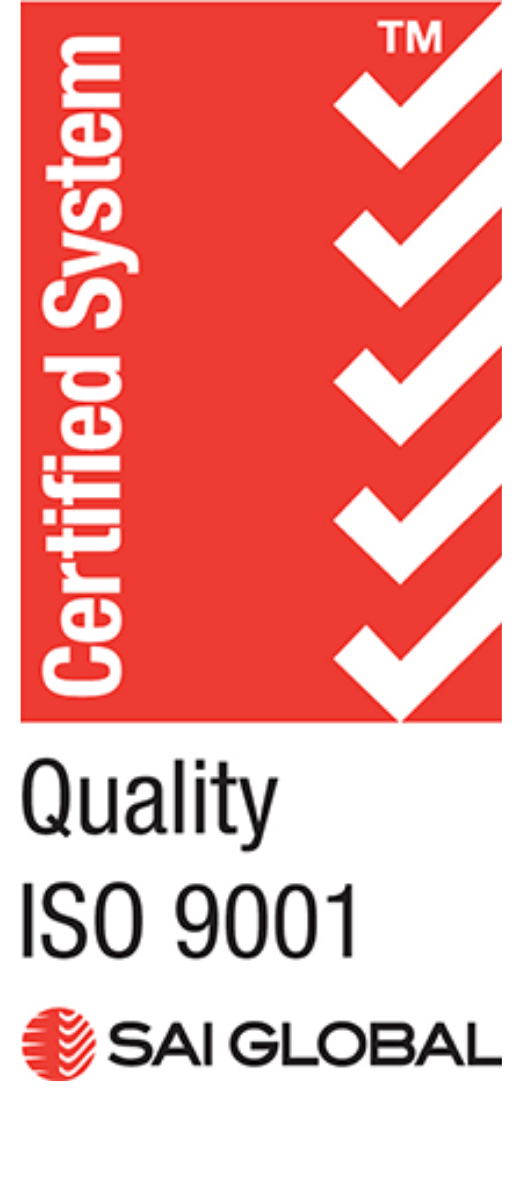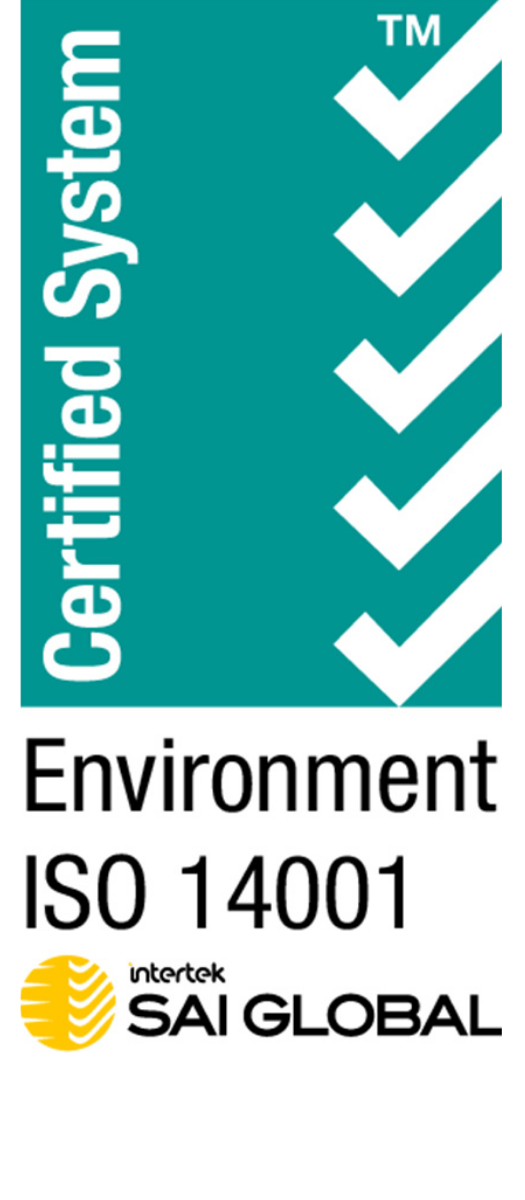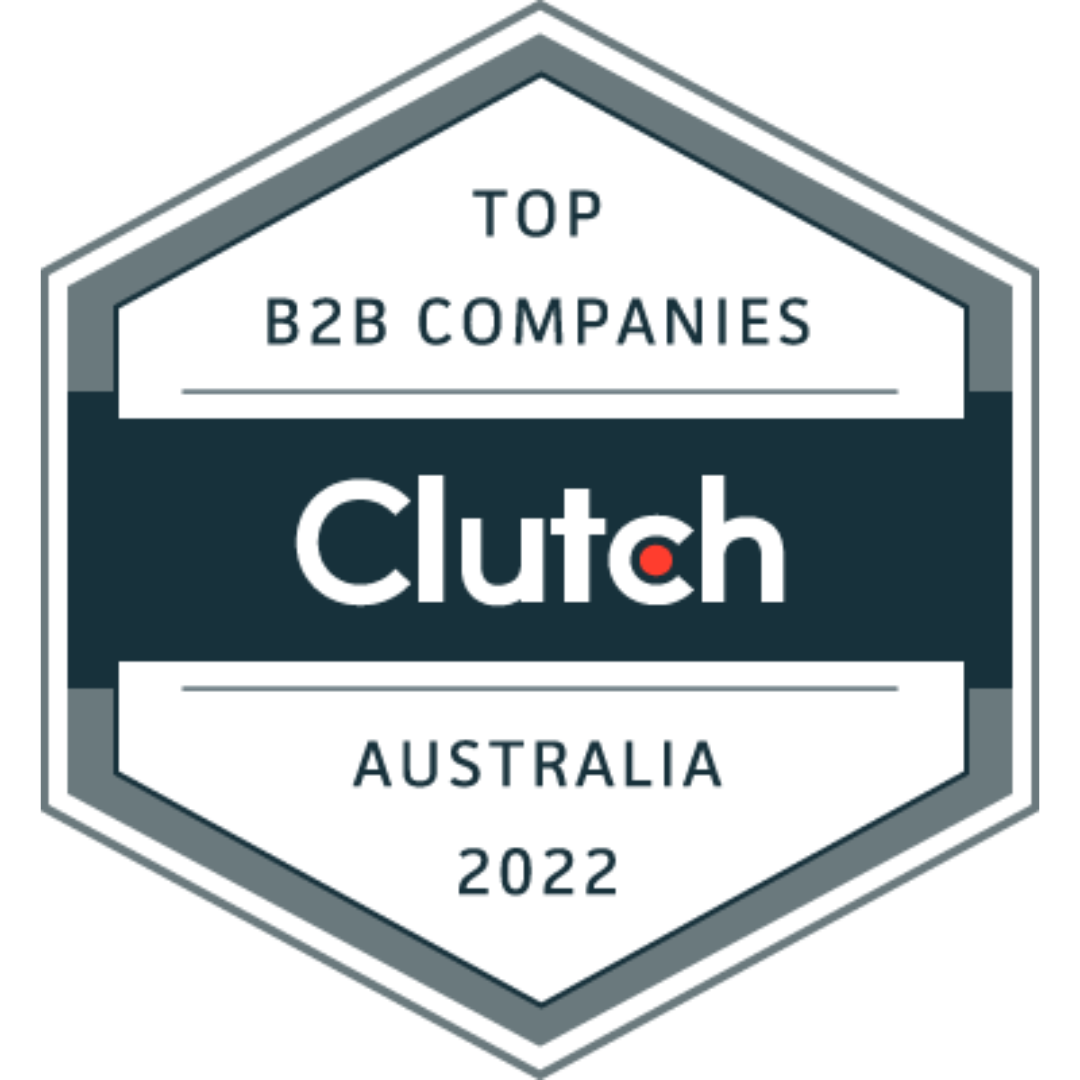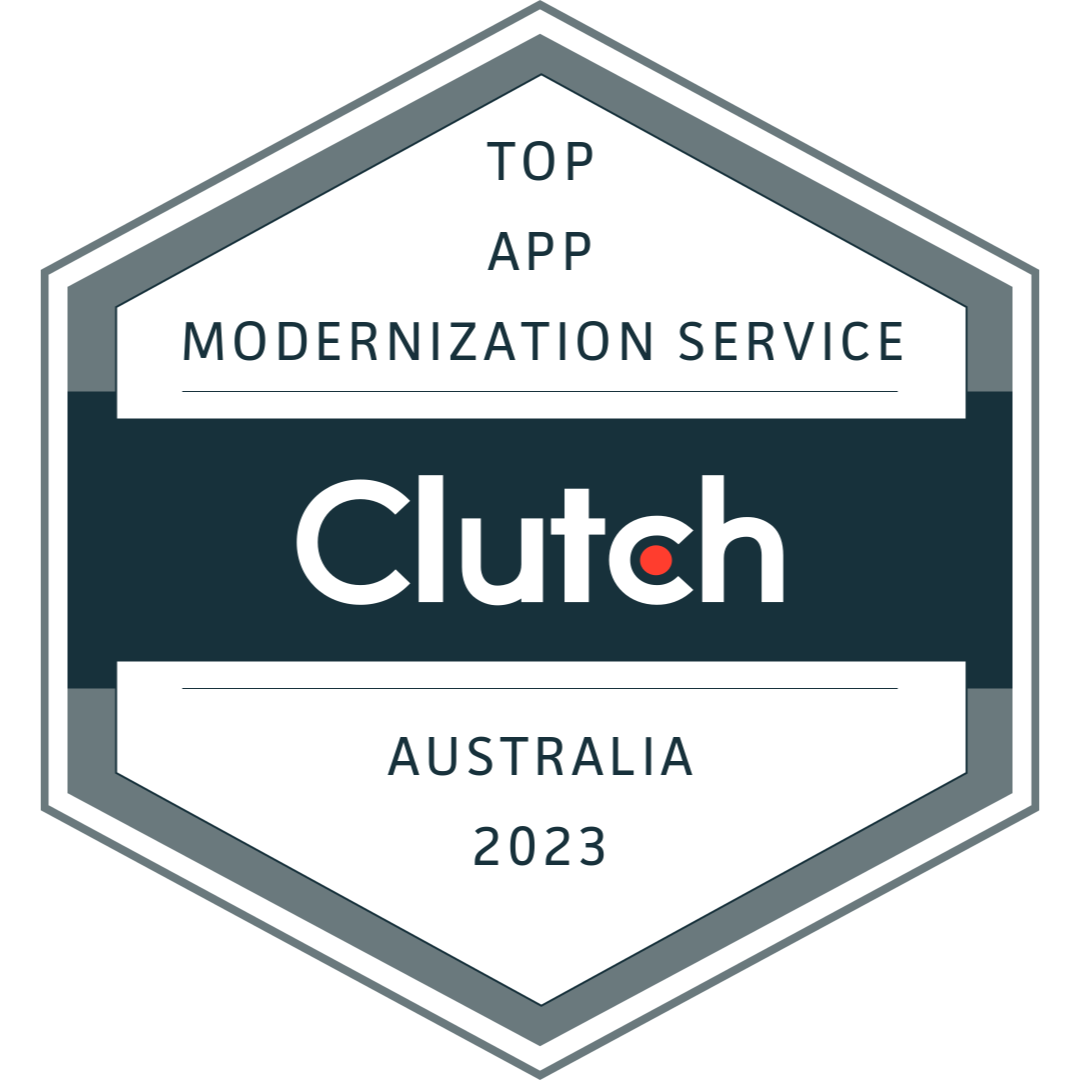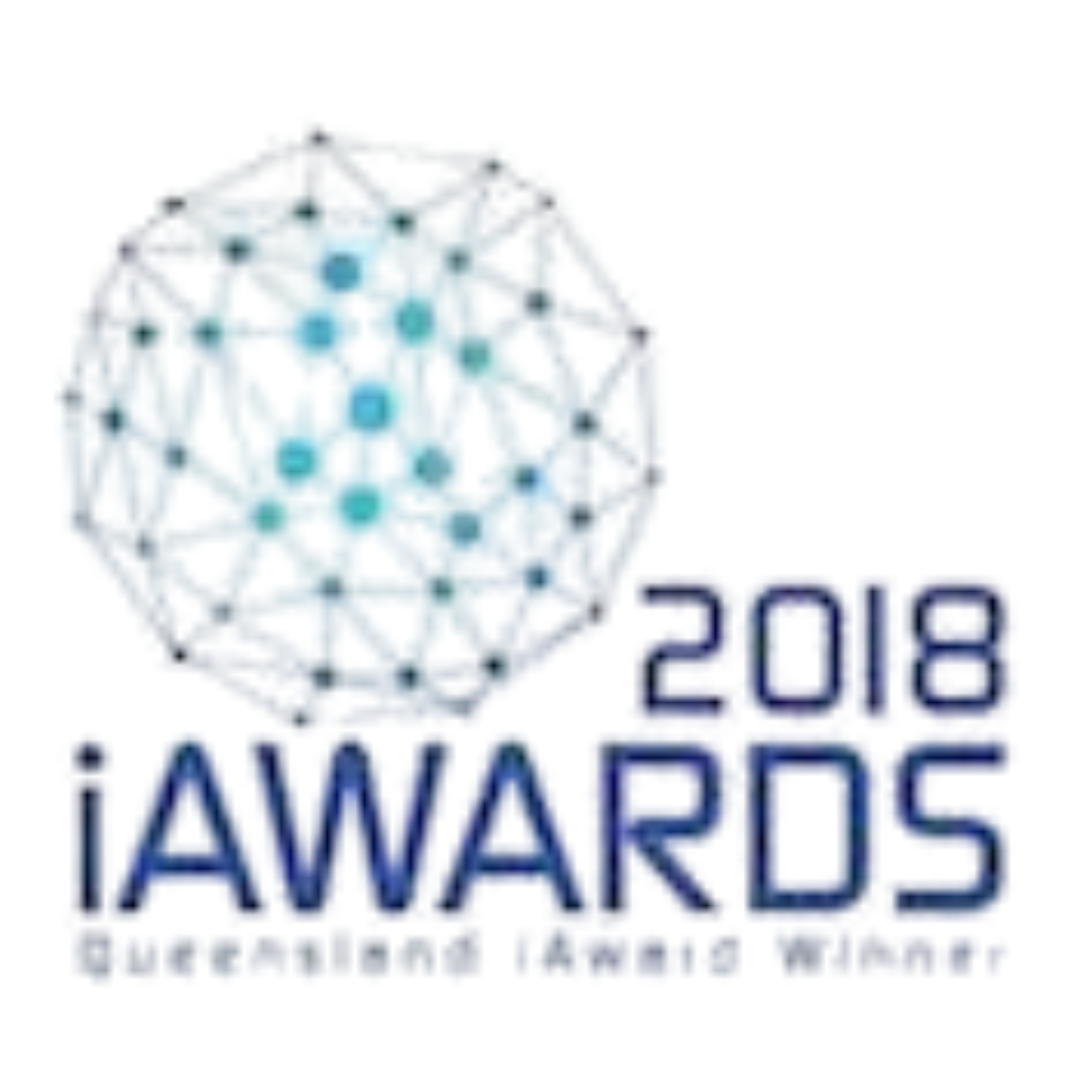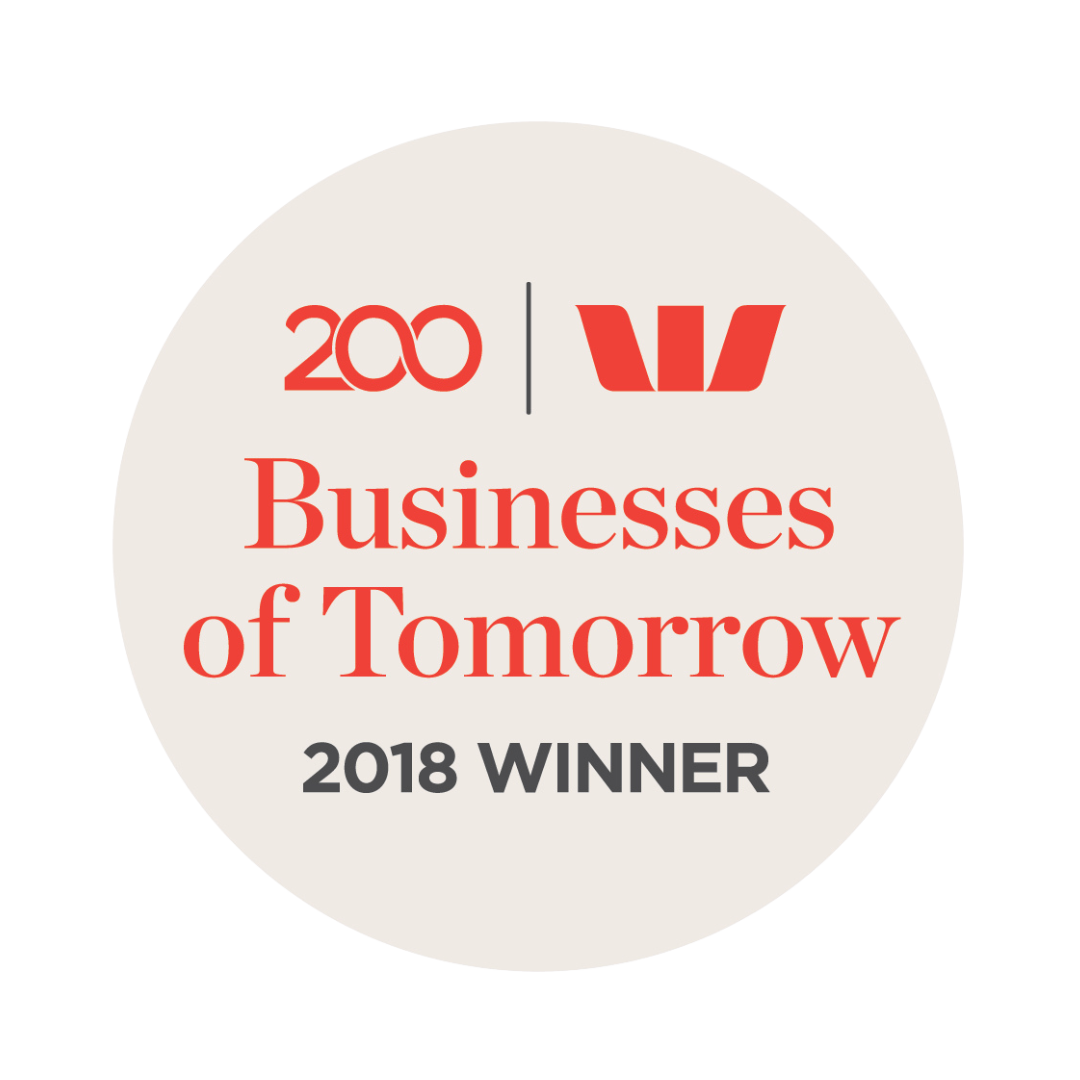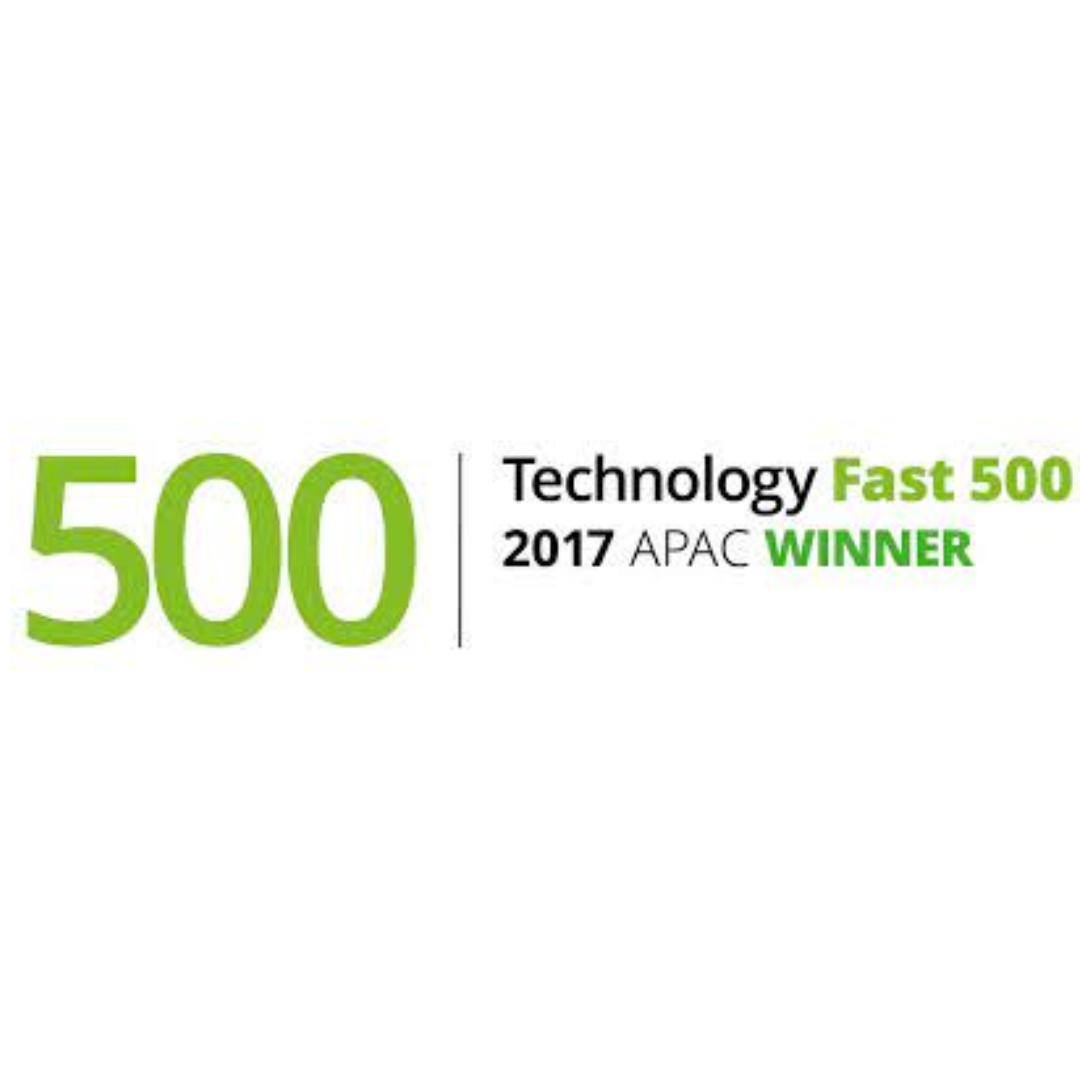Blogs
Stories, lessons and research from the WorkingMouse team on legacy modernisation, AI, and delivery.
Featured Articles
Latest Articles
Browse the most recent thinking from the WorkingMouse team across modernisation, AI, delivery and more.
WorkingMouse Achieves Full Certification for ISO 9001 and ISO 14001
WorkingMouse is now fully certified in ISO 9001 and ISO 14001, joining our existing ISO 27001 and demonstrating our commitment to quality, environmental stewardship, and strong security practices.
Jidoka at MODELS 25
A recap of our Jidoka presentation from MODELS 25. It outlines how the approach helps teams modernise legacy systems in a more predictable and sustainable way.
AI Risk in 2025: What the Data Reveals
AI adoption is booming, but most organisations aren’t keeping pace with the risks. Our analysis of over 50 companies reveals that while two-thirds are already using AI, many lack essential safeguards like policies, oversight, and staff training. Learn the key trends, where businesses are most exposed, and practical steps to reduce AI risk before it becomes a costly problem.
J2Bot
J2Bot is a powerful Codebot on the Codebots platform that transforms structured models into fully functional full-stack applications instantly. By combining models, templates, and automated pipelines, J2Bot generates complete backend services (Java/Spring Boot), frontend components (React/TypeScript), PostgreSQL schemas, tests, and documentation from a single model. This eliminates weeks of manual coding, delivering production-ready applications in hours while ensuring consistency, quality, and traceability. J2Bot follows core principles like convention over configuration, separation of concerns, and continuous integration, making it a transformative tool for rapidly turning ideas into reliable software.
AI 101: The Basics Explained
Learn AI basics in plain English. Our AI 101 webinar covers fundamentals, real-world use cases, and a safe adoption framework for businesses.
Data Sovereignty or Cloud Convenience?
Explore data sovereignty, compliance with the Privacy Act, risks of foreign laws like the U.S. CLOUD Act, and practical guidance using a traffic light system to safeguard sensitive information
Discover how modern software, the right delivery approach, and continuous modernisation can support your organisation.
Join our monthly newsletter & we’ll plant a tree.
As part of our commitment to sustainability and a greener future, we’re planting trees through Carbon Positive Australia in exchange for your contact details




.png)
